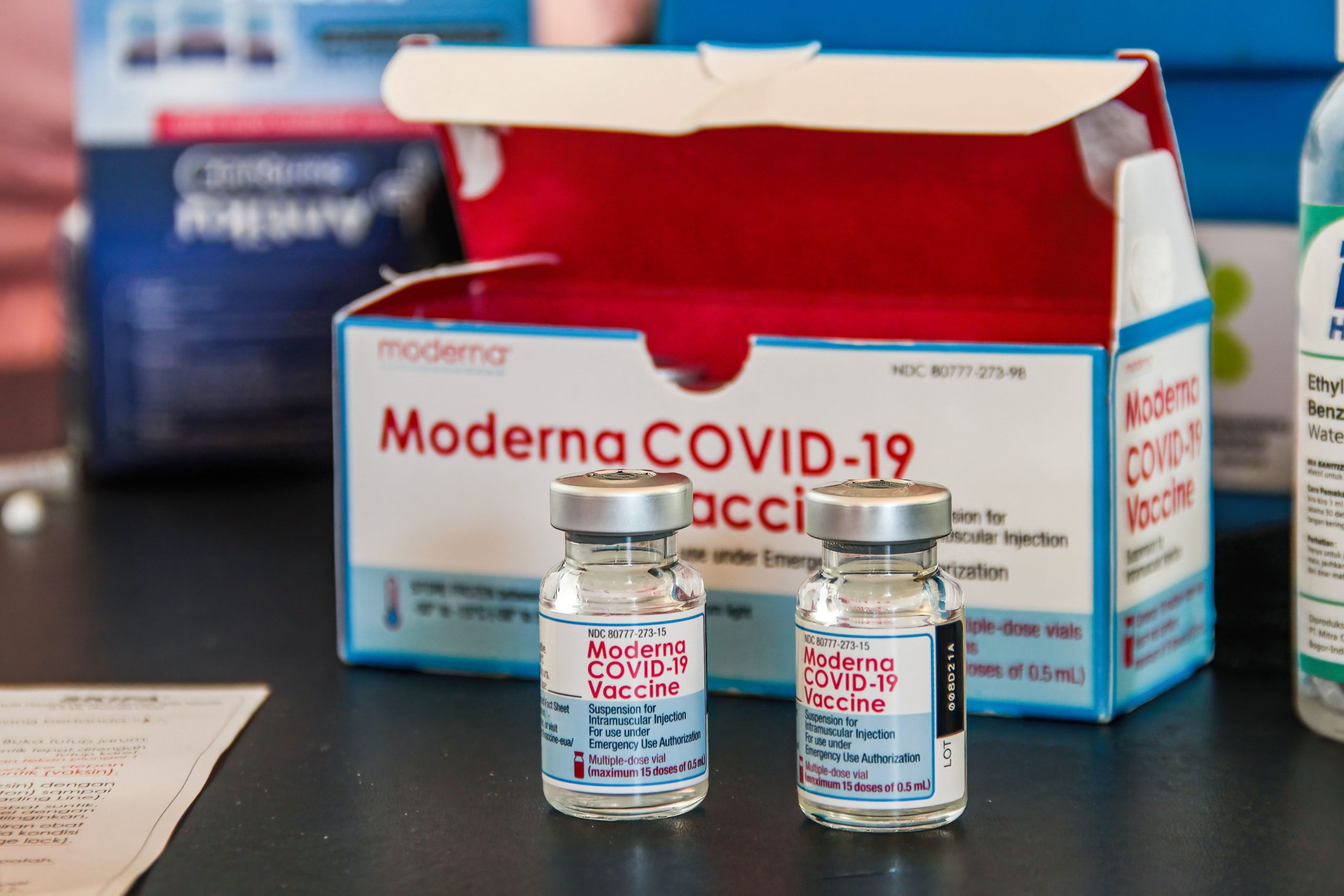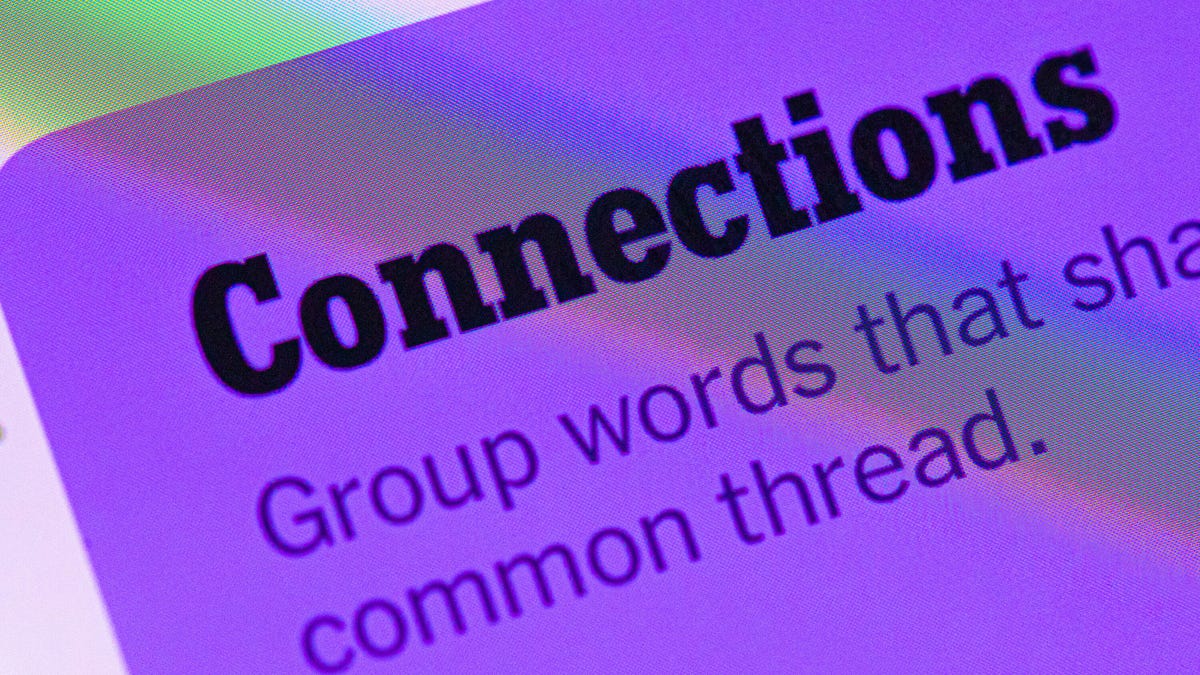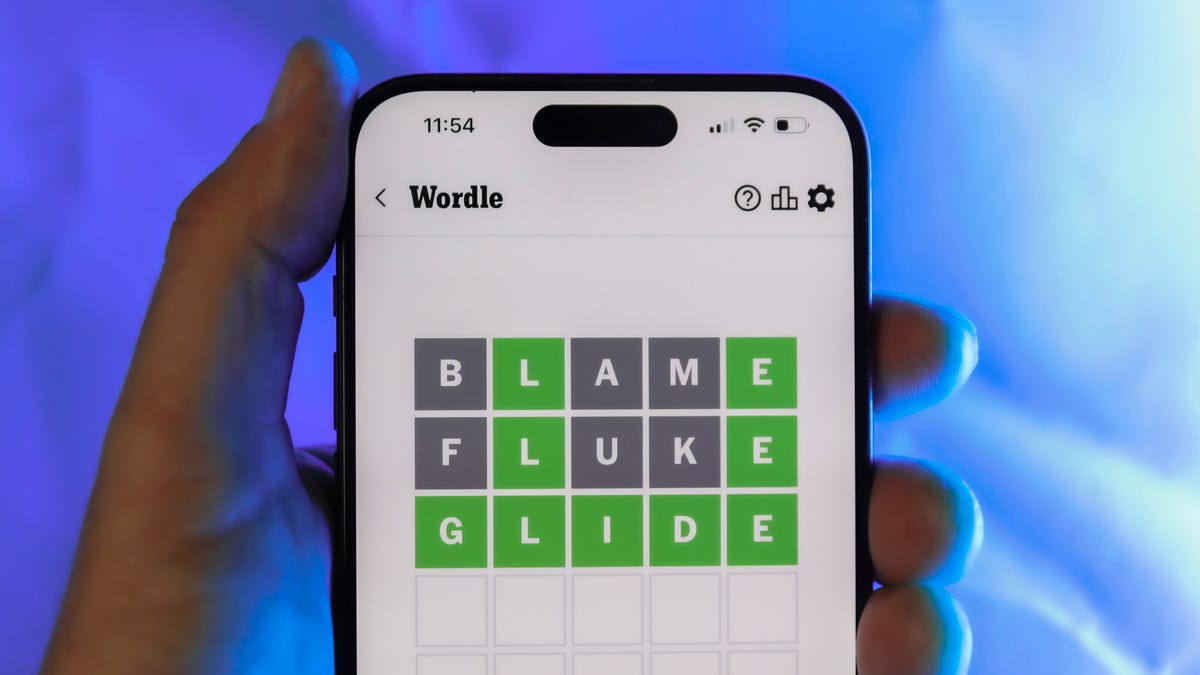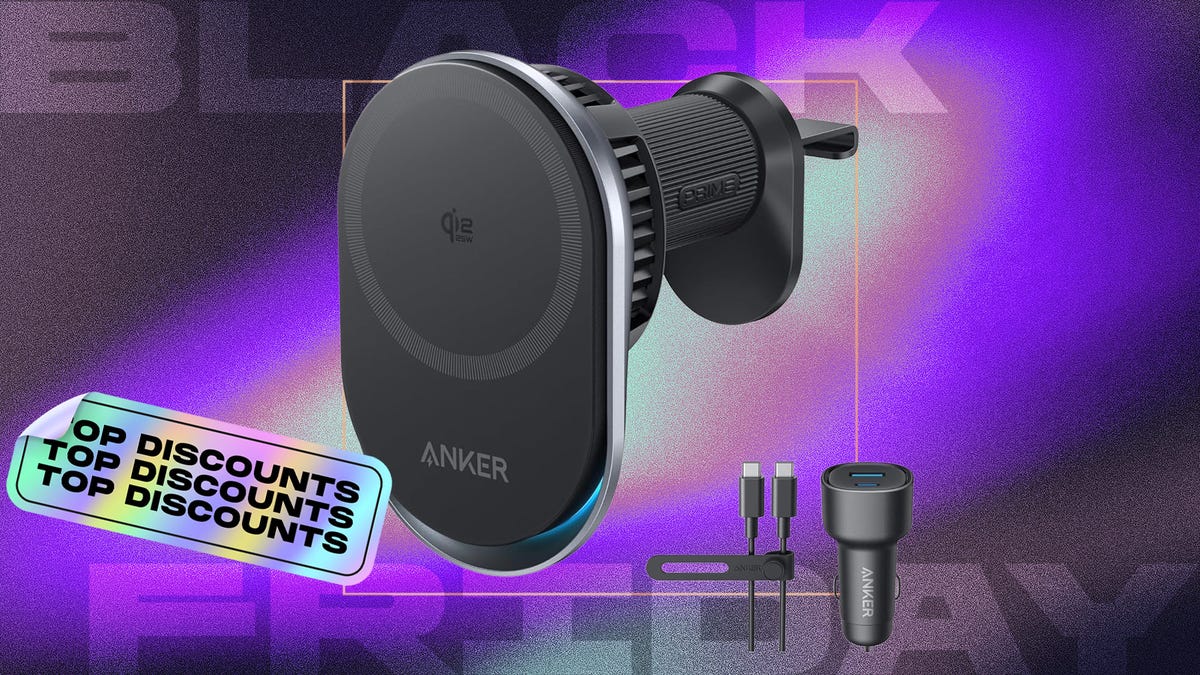Technologies
Moderna booster shot and omicron: CDC guidance, programs, stats to know today
Scientists and health officials strongly urge booster shots for Moderna and Pfizer as the omicron variant of the virus that causes COVID-19 begins to circulate around in the US.

in response to the spread of the omicron variant, more vaccines are going into arms, the Centers for Disease Control and Prevention reported today, than since this summer. With more than 100 million people in the US eligible to receive a COVID-19 booster shot from Moderna of Pfizer, the US is doubling down on COVID vaccine efforts, including administering booster shots. (President Joe Biden’s campaign also includes «free» at-home COVID-19 test kits and stricter travel rules for international travelers.)
«The recent emergence of the Omicron variant (B.1.1.529) further emphasizes the importance of vaccination, boosters, and prevention efforts needed to protect against COVID-19,» the Centers for Disease Control and Prevention says in updated guidance online. «Early data from South Africa suggest increased transmissibility of the Omicron variant and the potential for immune evasion.» The COVID variant has been detected in 18 states so far.
The CDC urges booster shots for anyone over 18 six months after their second dose of Moderna or Pfizer, and two months after getting a single Johnson & Johnson dose.
While much is still unknown about the vaccine response to the new omicron variant, health professionals believe that booster shots from Moderna and Pfizer could help slow COVID’s spread, reducing hospitalization and deaths, as the effects of the vaccine weaken over time.
The COVID-19 vaccines have proven to be highly effective in preventing hospitalization. People who are unvaccinated are 10 times more likely to be hospitalized if infected. With the federal vaccine mandates halted by a court order, Biden is turning to other measures to get booster shots administered. The government has also ordered 13 million courses of antiviral drugs in anticipation of higher case loads.
Here’s what you need to know about the Moderna booster, including doses, side effects and how to get a free ride. For more details, here’s the latest on COVID-19 vaccines for kids, how you can get a free COVID-19 test kit soon, how to get a free ride to your booster appointment and what to know about breakthrough infections.
Should people who are pregnant get a booster shot?
The COVID booster recommendations apply to all people 18 years and older, including people who are pregnant. In fact, the CDC urges pregnant people to get a COVID vaccine — and a booster is half a full vaccine dose.
«People who are pregnant or recently pregnant are more likely to get severely ill with COVID-19 compared with people who are not pregnant,» the CDC says on its website.
A recent study also linked COVID-19 infection in pregnant people to higher risk of stillbirth.
Is the Moderna booster shot a third dose?
Booster shots of COVID-19 vaccines are currently half doses of the same vaccine used in the first two full shots. The goal is to top up the vaccine formula that reinforces the body’s immune response against the virus and its variants. The Moderna booster authorized by the CDC is a 50-microgram dose, while the first two shots were each 100 micrograms.
Moderna is also working on a combination shot that contains this year’s flu vaccine and its COVID-19 booster vaccine, but that’s not available right now.
Is Moderna making an omicron booster shot?
Scientists worry the omicron variant could spread more quickly than the now-dominant delta variant because of the number of mutations the new strain has compared with delta. Moderna is currently working on an omicron-specific booster vaccine, along with testing a COVID-19 vaccine that could protect against several mutated strains of the coronavirus.
Like every other vaccine-maker around the world, Moderna is testing the effectiveness of its COVID-19 vaccine against omicron, but it may be weeks before lab tests show concrete evidence of how well Moderna protects people from the new variant.
As part of its booster testing, Moderna is also investigating whether a 100-microgram dose of its booster provides better protection against the omicron variant — in other words, a third dose rather than a half dose as the booster is currently formulated now.
If Moderna needs to make a new vaccine modified for the variant, it could be available early in2022.
How do I know which pharmacies have Moderna appointments?
Boosters are available at roughly 80,000 places across the country, including over 40,000 local pharmacies. Some 90% of Americans have a vaccine site within 5 miles of where they live.
A terrific free service in conjunction with the CDC sends you information when you text your ZIP code to this number: 438829. The response will show you COVID-19 vaccine locations in your area, along with the brand they carry for certain age groups, for instance, Moderna 18+. This can save you the trial and error of calling around, or showing up to your appointment to find that your booster of choice isn’t available. The text can also give you a shortcut to make your appointment right from your phone screen.
You can also check Vaccines.gov to see which vaccines are available where, and call 800-232-0233 for vaccine information.
How can I get a free ride to get my booster shot?
Lyft and Uber are offering free rides for some people who need them. An easy way to access those links for more information is through the text feature above You can also go to Lyft.com/vax or call Uber at: 855-921-0033.
When is it time to get a booster shot?
If you got Pfizer or Moderna, six months after the date of your second shot listed on your vaccination card is when you’re eligible to receive your booster dose. The CDC and other health authorities are now urging you to get your booster as soon as you’re eligible, to keep your immune response against omicron, delta and other coronavirus variants as strong as possible. Two months after the Johnson & Johnson vaccine is the time for a booster (more below).
On Dec. 2, Biden also outlined a plan for Medicare to contact the 64 million people it serves and for AARP to reach out to its 38 million senior members. Pharmacies like Walgreens, CVS, RiteAid and others will also contact people who got a vaccine at their retail stores when it’s time to schedule another dose.
Who can get a Moderna booster shot right now?
As of Nov. 19, all US adults — those age 18 and older — are eligible to get a booster shot of the COVID-19 vaccine. They qualify if it’s been at least six months since they’ve received a second dose of either the Moderna or Pfizer vaccine. Those who received the Johnson & Johnson vaccine are eligible for a booster dose after two months. Adults are encouraged to get whatever booster dose is available to them, even if that means mixing and matching vaccine boosters (more below), in other words, getting a different booster shot than their original vaccination.
What are the side effects of Moderna’s booster?
According to the CDC, those who got the Moderna booster dose reported fewer reactions than they did after the second dose of the vaccine. In its study, the CDC found 95% of those who got Moderna for the first round of vaccine shots chose Moderna for the booster dose.
Is it safe to mix and match vaccine and booster brands? Yes
The US Food and Drug Administration has authorized mixing COVID-19 boosters, which in the US means Moderna, Pfizer and Johnson & Johnson. Anyone eligible for a booster can get any of the available brands of coronavirus vaccines. If you initially received Johnson & Johnson and it’s been two months or longer since you received the initial dose, you’ll be able to get the Moderna or Pfizer booster. If you received Moderna or Pfizer for your first two shots, you could pick any authorized vaccine available to you — including J&J — if you qualify and it’s been six months or longer since your second shot.
Is the Moderna COVID-19 booster shot still free?
All booster shots will be free, regardless of immigration or health insurance status. However, depending on where you get your booster shot — for example, at a local pharmacy — you may be asked to log your insurance status. You may be asked to provide your insurance card information, including your name, date of birth and membership number. You will not be charged for your COVID-19 vaccine or booster shot.
Will I need another COVID booster shot?
The CDC updated its guidance to say that in 2022, some immunocompromised people will be able to get a fourth COVID-19 booster shot. It’s unclear if other groups will need to get a fourth dose at this time, but guidance could change in light of the omicron variant.
For more on coronavirus treatments and vaccines, here’s what we know about monoclonal antibody treatments, the new federal vaccine mandates and why some people may not want the shot.
What does the Moderna booster shot do?
A COVID-19 booster shot — whether from Moderna, Pfizer or Johnson & Johnson — tops off your immune response and guards against a breakthrough COVID-19 infection as the vaccine’s effectiveness decreases over time.
Recent studies of the Pfizer and AstraZeneca vaccines show that their effectiveness can begin to wane after six months. Moderna said early data suggests that those who received the Moderna vaccine in 2020 are showing a higher rate of breakthrough COVID-19 infections than those vaccinated this year, suggesting the need for a booster to maintain high levels of protection.
The information contained in this article is for educational and informational purposes only and is not intended as health or medical advice. Always consult a physician or other qualified health provider regarding any questions you may have about a medical condition or health objectives.
Technologies
Today’s NYT Connections Hints, Answers and Help for Nov. 30, #903
Here are some hints and the answers for the NYT Connections puzzle for Nov. 30, #903.

Looking for the most recent Connections answers? Click here for today’s Connections hints, as well as our daily answers and hints for The New York Times Mini Crossword, Wordle, Connections: Sports Edition and Strands puzzles.
Today’s NYT Connections puzzle has one of those purple categories where you need to look inside of the words for hidden words that relate to each other. If you need help sorting them into groups, you’re in the right place. Read on for clues and today’s Connections answers.
The Times now has a Connections Bot, like the one for Wordle. Go there after you play to receive a numeric score and to have the program analyze your answers. Players who are registered with the Times Games section can now nerd out by following their progress, including the number of puzzles completed, win rate, number of times they nabbed a perfect score and their win streak.
Read more: Hints, Tips and Strategies to Help You Win at NYT Connections Every Time
Hints for today’s Connections groups
Here are four hints for the groupings in today’s Connections puzzle, ranked from the easiest yellow group to the tough (and sometimes bizarre) purple group.
Yellow group hint: Put up with.
Green group hint: Bad ending.
Blue group hint: Yo-ho-ho!
Purple group hint: Think rainbow.
Answers for today’s Connections groups
Yellow group: Tolerate.
Green group: Flop.
Blue group: Fictional pirates.
Purple group: Ending in color homophones.
Read more: Wordle Cheat Sheet: Here Are the Most Popular Letters Used in English Words
What are today’s Connections answers?
The yellow words in today’s Connections
The theme is tolerate. The four answers are bear, stand, stomach and swallow.
The green words in today’s Connections
The theme is flop. The four answers are bust, lemon, miss and turkey.
The blue words in today’s Connections
The theme is fictional pirates. The four answers are Hook, Luffy, Silver and Sparrow.
The purple words in today’s Connections
The theme is ending in color homophones. The four answers are Cameroon (maroon), cockatiel (teal), unread (red) and whistleblew (blue).
Don’t miss any of our unbiased tech content and lab-based reviews. Add CNET as a preferred Google source.
Technologies
Today’s Wordle Hints, Answer and Help for Nov. 30, #1625
Here are hints and the answer for today’s Wordle for Nov. 30, No. 1,625.

Looking for the most recent Wordle answer? Click here for today’s Wordle hints, as well as our daily answers and hints for The New York Times Mini Crossword, Connections, Connections: Sports Edition and Strands puzzles.
Today’s Wordle puzzle is a tough one. If you need a new starter word, check out our list of which letters show up the most in English words. If you need hints and the answer, read on.
Today’s Wordle hints
Before we show you today’s Wordle answer, we’ll give you some hints. If you don’t want a spoiler, look away now.
Wordle hint No. 1: Repeats
Today’s Wordle answer has one repeated letter.
Wordle hint No. 2: Vowels
Today’s Wordle answer has one vowel and one sometimes vowel.
Wordle hint No. 3: First letter
Today’s Wordle answer begins with M.
Wordle hint No. 4: Last letter
Today’s Wordle answer ends with Y.
Wordle hint No. 5: Meaning
Today’s Wordle answer can refer to weather that is unpleasantly warm and humid.
TODAY’S WORDLE ANSWER
Today’s Wordle answer is MUGGY.
Yesterday’s Wordle answer
Yesterday’s Wordle answer, Nov. 29, No. 1624 was GRUFF.
Recent Wordle answers
Nov. 25, No. 1620: PLEAD
Nov. 26, No. 1621: HOVEL
Nov. 27, No. 1622: REMIT
Nov. 28, No. 1623: COLIC
Don’t miss any of our unbiased tech content and lab-based reviews. Add CNET as a preferred Google source.
Technologies
Anker’s Best MagSafe Car Charger Is Still $27 Off Before Cyber Monday Even Starts
Get wired-like charging speeds and MagSafe compatibility with Anker’s newest wireless car charging bundle, currently just $63.

Black Friday and Cyber Monday are some of the best shopping days of the year. You can find huge discounts on big ticket items like TVs and laptops. But it’s also a great time of year to snap up essential tech, like the kind designed to make life a little easier. This Anker MagSafe wireless car charging bundle is currently 30% off at Amazon, which means it’s down to just $63. That saves you $27 on a handy device you’ll use every day.
The Anker MagSafe wireless car charging gives your iPhone a fast and steady way to power up while you navigate. It delivers up to 25-watt wireless charging speeds and with onboard active cooling, your phone stays comfortable to the touch.
Hey, did you know? CNET Deals texts are free, easy and save you money.
What sets this charger apart is that its performance and cooling tech is built into a surprisingly compact package. The stand uses an ultra-strong Qi2 magnetic lock to keep your phone secure through bumps and turns. You can even tilt the mount and switch between portrait and landscape modes for navigation without blocking the view. The bundle has everything you need to get started including a 60-watt dual-USB-C charger, an adequately long USB-C cable, and cable organizers for a clean setup. Anker also includes a two-year warranty for peace of mind.
If you are getting your car prepped up for driving to a holiday vacation or just need a faster charging mount for your daily commute, this deal makes a lot of sense. CNET’s experts are also tracking more Black Friday and Cyber Monday picks across Apple products, headphones, and more, so you can score more savings before the sales season wraps up. We’ve also got a list of our favorite Anker products currently on sale.
Why this deal matters
A high-quality charger is a great addition to any car, allowing you to quickly top up your phone on the go. You will especially want to look out for options from a top-tier brand like Anker for its fast charging speeds and reliability. This Black Friday deal is an excellent opportunity to save big on a staple car accessory. With holiday shopping heating up and tech accessories being one of the most popular categories, we expect the deal to sell out quick. So don’t wait too long before jumping on it.
Don’t miss any of our unbiased tech content and lab-based reviews. Add CNET as a preferred Google source.
Join Our Daily Deals Text Group!
Get hand-picked deals from CNET shopping experts straight to your phone.
By signing up, you confirm you are 16+ and agree to receive recurring marketing messages at the phone number provided. Consent is not a condition of purchase. Reply STOP to unsubscribe. Msg & data rates may apply. View our Privacy Policy and Terms of Use.
-

 Technologies3 года ago
Technologies3 года agoTech Companies Need to Be Held Accountable for Security, Experts Say
-

 Technologies3 года ago
Technologies3 года agoBest Handheld Game Console in 2023
-

 Technologies3 года ago
Technologies3 года agoTighten Up Your VR Game With the Best Head Straps for Quest 2
-

 Technologies4 года ago
Technologies4 года agoBlack Friday 2021: The best deals on TVs, headphones, kitchenware, and more
-

 Technologies4 года ago
Technologies4 года agoVerum, Wickr and Threema: next generation secured messengers
-

 Technologies4 года ago
Technologies4 года agoGoogle to require vaccinations as Silicon Valley rethinks return-to-office policies
-

 Technologies4 года ago
Technologies4 года agoOlivia Harlan Dekker for Verum Messenger
-

 Technologies4 года ago
Technologies4 года agoiPhone 13 event: How to watch Apple’s big announcement tomorrow
